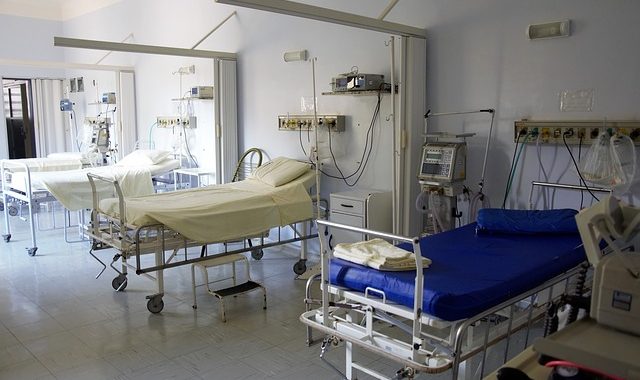
Telephonic Communication Linked to Better Hospice Enrollment Rates, Study Finds
Enrollment in hospice is an emotional process for patients. It can also be rather tricky for hospices depending on the situation. A recent body of research has found that patients referred to hospice through community-based specialist palliative care programs have longer enrollment rates and better outcomes. Palliative care programs, they’ve found, improve access to hospice through better communication and more expedient hospice eligibility review and enrollment. One study among these, published in March, has shown that the primary mode of communication for these programs is telephonic communication.
More than half of hospice enrollments still happen over the phone alone.
The study, conducted by researchers for MJHS Institute for Innovation in Palliative Care in New York, looked at electronic health record data for 299 patients in 2014. They conducted a retrospective analysis of the data and specifically looked at how patients enrolled in hospice. Their goal was to compare how many patients enrolled in hospice via telephonic communication alone and how many patients enrolled after being referred to a community-based specialist palliative care program.
The study found that 60% of hospice enrollments occurred over the phone alone, compared with around 40% who enrolled after being referred to a community-based specialist palliative care program. Interestingly, hospice enrollments conducted over the phone alone was commonly associated with an additional referral to home health agencies and nursing homes.
For community-based programs, the enrollment process begins with telephonic communication.
While more patients enrolled in hospice over the phone alone, it took more calls for them to elect hospice. According to the study, it took an average of four phone calls for patients to decide on hospice care. In contrast, patients enrolled in a community-based palliative care program elected hospice after fewer calls. For community-based programs, the enrollment process begins with telephone contact, and patients tend to elect hospice more quickly.
Palliative care programs can improve hospice access through initial telephonic communication by trained professionals.
Hospice enrollment is important because hospice improves outcomes for patients and their families. There is a push in the industry to employ more advanced technologies to enhance the enrollment process, but this study has shown that old fashioned telephonic communication is still the primary mode of communication for healthcare workers and their patients.
The study found that enrollment over the phone alone took more contacts to help patients elect hospice care. Conversely, patients enrolled in community-based specialist palliative care programs still communicated over the phone, but required fewer contacts to enroll in hospice. This is an indication for the healthcare community to take a closer look at how referrals to such programs should be handled and the potential benefits of making better use of them.
The stigma that once plagued palliative care and hospice is no longer a factor. According to a recent survey, most Americans now hold a favorable opinion of hospice. With this in mind, the process for how palliative and hospice programs are referred can benefit from more direct action. To improve enrollment in hospice and ameliorate outcomes for patients and their families, the referral process should be streamlined. If this study is any indication, the process should include community-based palliative care programs and an expedient means to establish phone contact. Palliative care programs can improve hospice access through initial telephonic communication by trained professionals.






